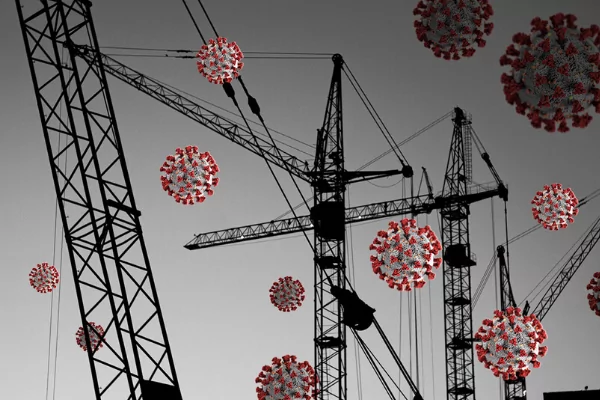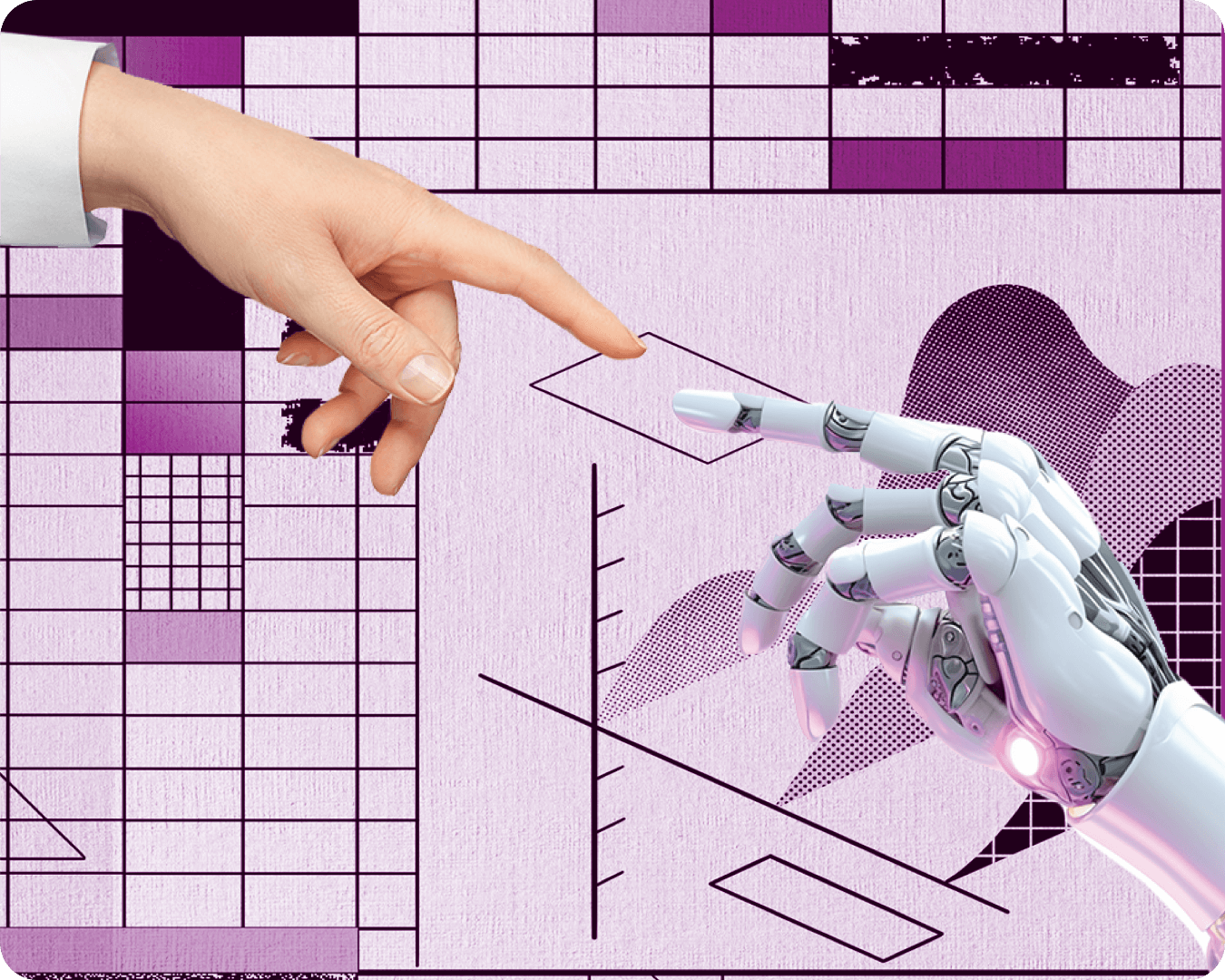How to answer the call to “turn crisis into opportunity”? in India’s highway construction sector
June 7, 2020

Never before have we experienced a pandemic of this magnitude. It sometimes seems that the entire world has come to a standstill. However, despite the reigning uncertainties, the lockdowns across India are slowly getting lifted and economic activity is gradually beginning. While the crisis still looms, it also gives us the chance to turn it into an opportunity.
The Government of India, under the direction of the honorable Prime Minister, has laid an impetus on ‘infrastructure’ and ‘technology-driven systems’, as a part of India’s future strategy to come out of this crisis. It is abundantly clear that building infrastructure will be crucial to develop and accelerate the economy. The highway construction sector is already seeing tremendous focus and there seem to be major plans to commence work on a war footing on highway projects.
However, we also need to bear in mind that the world of work that we will enter post-lockdown will be very different from the world of work that was.
For starters, it is highly unlikely that social distancing is going away anytime soon. But with fewer resources available, on-site social distancing becoming the new normal, and fewer people available to address each task, how can we make sure productivity meets economic needs?
To emerge out of this situation we have to ensure that we enter the post lockdown stage with speed, agility, and optimal resource utilization.
When it comes to complex infrastructure projects like the highways construction sector, technologies such as BIM are going to act as force multipliers to assist us in navigating the challenging environment that is to come.
Here is how technology will act as a great enabler of the construction industry in the post COVID world.
Maximize resource utilization
BIM, or Building Information Modelling, is more than your average technology product that merely provides a digital representation of the physical and functional characteristics of a facility. It is also a shared knowledge resource that helps in driving reliable decisions. BIM gives construction projects the ability to effectively map and manage the resources needed for a particular task.
In the new world with reduced budgets, time constraints, and fewer people, highway construction has to make sure that resource allocation is optimized on-site. In this world, construction companies will have to turn to technologies such as BIM to grow their pool of ‘off-site experts” to address the planning, resourcing, design, analytics, collaboration, tracking and monitoring, and other key functions and make sure that work can be conducted more efficiently using less labour.
Facilitate better planning
Infrastructure projects are infamous for extending beyond the designated timelines. Given that now we shall be racing against the clock, we need to remove all the obstacles that impede timely project completion. For this, quite naturally, project management teams and all stakeholders have to get complete and transparent insights into project progress and project impediments. We also have to look at procuring and using more modern building materials, make accurate time and cost estimate projections, and ensure that all changes to the original plan are made and recorded as decided.
With BIM, construction companies can connect all the stakeholders including the architects, contractors, designers, and developers. It can help them visualize the whole construction series and understand the progress of construction activities proactively throughout the lifetime of the project.
This helps in identifying the gaps, if any, between expected and actual project completion time. It optimizes equipment, material, and human resource planning and eliminates waste. Improved site logistics management accelerates the construction process and reduces delays in materials procurement. It also enhances coordination capacities and productivity and thereby leads to cost and time savings as well.
Smooth information exchange
Information in the construction industry is very asset-heavy. Yet, it must move with agility across teams and stakeholders. Time loss owing to incomplete information sharing or loss of information during the exchange process can lead to significant project delays. Gaps in information between teams can cause clashes. Clashes mean rework and delays. And each delay has a cost impact.
Technologies such as BIM accelerate project progress by enabling transparent collaboration and complete project monitoring during the project execution phase. Report of the actual project status, delays, and potential catch-up plans are all detailed out and ensure proactive risk mitigation. Better communication between different teams and divisions, visual communication of project parameters and ongoing progress, and proactive identification of sequencing or phasing issues help drive better-aligned efforts.
Forecast successes and challenges
As we progress through a project, the variables tend to change as well. Timelines can get updated, material procurement might get delayed, the design could change…when it comes to construction, nothing can be set in stone (or concrete) given the vast number of stakeholders, departments, and teams involved. The construction industry will have to become more agile to accommodate these changes easily so that project timelines can be met and financial losses capped.
Instead of relying on guesswork and having to “deal with” sudden changes, using BIM as a dynamic modelling tool can solve these problems. BIM can be a powerful tool and can be used to diligently forecast both positive and negative scenarios and help stakeholders gain deep insights into understanding and predicting potential clashes that impact project progress.
Post-construction evaluation
Moving ahead, we also have to learn from our mistakes. When it comes to the construction industry, information usually resides in silos. It does not flow freely and it definitely cannot be accessed easily. However, as we come out of the COIVD crisis we have to make sure that our efficiency, especially for crucial infrastructure construction projects, increases dramatically. But can we achieve this as well using BIM?
All the information regarding the project from the start to end, all variables, all data, every piece of project-related information can be stored in BIM models. BIM thus acts as an information repository that can be accessed to identify what went right and what did not after project completion. Using these insights gleaned from data future project planning can be further fine-tuned and all the impediments to project success can be dealt with.
In Conclusion
The government of India now plans to construct more than double the highways constructed in the last fiscal. There is also the ambitious highway development program — Bharatmala Pariyojana –which includes the development of about 65,000 km of national highways. States are already mobilizing the supply chain and addressing transporters’ concerns to re-start highway construction projects. While we cannot deny the existence of the crisis, there is something that we can do about it.
Focus on infrastructure development, is a great direction to take as an effort to rebuild the economy. Building the infrastructure will result in more job creation, increase economic activity, and create demand. An infrastructure focus will also help us make up for all this lost time. All we need to do now is to make sure that we make the right technology choices to tide over the challenges in the post-lockdown world of work and make sure that all these projects get completed in time.














